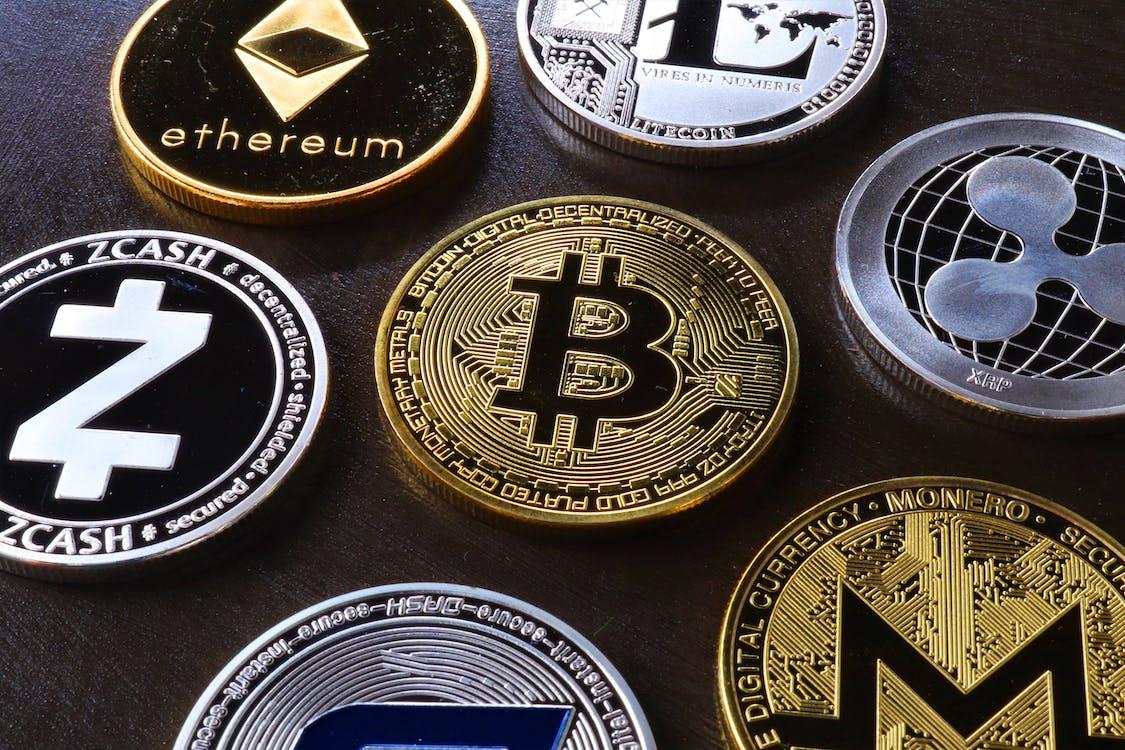The most recent couple of years has denoted the wide adoption of digital currencies around different parts of the world. The progress of these digital assets has expanded the interests of people in them.
Nonetheless, as additional individuals are invited into the crypto industry, it becomes fundamental to separate between these digital currencies and what they address. Among these famous digital currencies are altcoins and stablecoins.
About Altcoins
In the supposed “wild west” of digital currencies, Bitcoin laid out its standing at the top well before some other sorts of coins were printed on the blockchain. That left different coins, known as “altcoins,” to fall in line.
From that point forward, a large number of new altcoins, or alternative coins, have been made and added to the cryptocurrency ecosystem.
Altcoins are by and large characterized as all digital currencies other than Bitcoin (BTC). Notwithstanding, certain individuals consider altcoins to be all cryptocurrencies other than Bitcoin and Ethereum (ETH) on the grounds that most digital currencies are forked from one of the two.
Some altcoins utilize different agreement instruments to approve exchanges and open new blocks or endeavor to separate themselves from Bitcoin and Ethereum by giving new or extra capacities or functions.
Cryptocurrencies are influenced and dominated by a single asset. The digital currency market was worth more than $2.6 trillion by large worth. On top of this, Bitcoin alone was worth more than $1.2 trillion. Bitcoin has consistently dominated the overall crypto market.
Frequently it is a staggering greater part, with Bitcoin largely being worth somewhere in the range of 45% and 70% of all crypto price value at some random time.
About Stablecoins
Stablecoins are altcoins that endeavor to ensure price stability inside the cryptocurrency market. A stablecoin expects to keep its price value consistent, paying little heed to price fluctuations. The DAI stablecoin, for instance, is fixed to the U.S. dollar at $1. Subsequently, 1 DAI is generally worth $1.
Despite the fact that digital currencies have acquired far-reaching acceptance, many individuals have doubts about bouncing on board the crypto train due to the market’s unpredictability.
In a bid to settle the restrictions that high unpredictability and extreme price changes put on digital currencies, stablecoins were created.
Stablecoins attempt to handle price fluctuations by binding the worth of a cryptocurrency to other more stable assets – normally government-issued types of money or fiat currencies. Fiat is the official cash all of us are accustomed to utilizing on a daily premise, like euros or dollars.
Generally, the element behind a stablecoin will set up a “reserve” where it safely stores the resource or crate of resources backing the stablecoin.
Where to Purchase Altcoins and Stablecoins
There are a lot of available cryptocurrency platforms or exchanges out there in the market where you can buy and sell altcoins and stablecoins. For example, the Bitcoin Loophole platform allows you to gain access to these altcoins and stablecoins or multiple types of cryptocurrencies by linking you to your desired trusted broker.

Altcoins vs Stablecoins: Key Contrasts
The fundamental contrast between altcoins and stablecoins lies in their purpose and subsequently, their utility. Since altcoins are dependent upon price volatility, stablecoins are expected to give some stability as a hedge. Note that stablecoins have a fixed measure of money held.
Altcoins, for example, Ethereum, set a platform to make decentralized finance (Defi) environment to bring monetary consideration around the world. For example, on the network of Ethereum, users can get credit assets and even procure recurring, automated revenue from putting resources into Defi projects.
They present a road for crypto projects and blockchain frameworks to spread across different establishments like the real estate, health sector, and many more.
With stablecoins, the return for capital invested is much smaller. While stablecoin interest rates float between 5 % and 20 %, these exceptional returns are not just the element that appeals to investors.
Stablecoins offer a few benefits, including the capacity to code novel plan upgrades into the crypto token. While not as beneficial for financial investors, the maintenance cost of stablecoins makes it essential for digital currency transactions that depend on amphetamine for profitability.
The Bottom Line
Altcoins are a catchall term that implies any type of digital currency that isn’t either Bitcoin. They make up practically the whole digital currency market by numbers, although not by worth or volume.
Most altcoins are speculative venture resources that allow you the opportunity to put resources into a digital currency without the exorbitant cost tag of Bitcoin. Stablecoins, then again, are utility resources that traders and investors use to move their cash all through crypto.
At this point, you might be pondering which of these digital currencies you ought to purchase. It is critical to recall that in going with a decision, you want to consider your particular necessities and select which of these cryptocurrencies address those needs.
